Kenneth Sullivan: ‘It’s all about people’
Kenneth Sullivan will tell you: Project performance? It is all about people. It always has been.
“An efficiently engineered process can drive performance outcomes, but to truly optimize, the capability of the key individuals participating in that process is key. When considering all the factors, it is the expertise of the key project individuals that has the greatest correlation to project success. ”
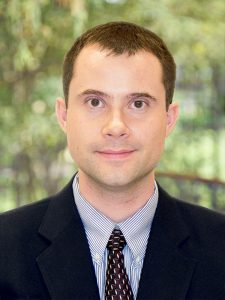
Kenneth Sullivan
Sullivan is an associate professor at the Del E. Webb School of Construction, part of the School of Sustainable Engineering and the Built Environment, one of the Ira A. Fulton Schools of Engineering at Arizona State University.
He is helping organizations improve.
Sullivan is co-director of ASU’s Performance Based Studies Research Group, which develops tools and processes to improve business efficiency through measurement of internal operations. Sullivan specializes in performance measurement, risk management, best value contracting, and accountability systems. His research findings have been implemented in design and construction projects, information technology, and numerous business services valued at several billion dollars.
Sullivan’s father was a civil engineer, and the family moved 37 times as he transferred from one heavy highway construction job to another. His father has an MBA and would go into a company in the role of president, or COO, reorganize, grow it for a few years, then move on. He retired last year. Sullivan lived in Michigan, Illinois, Indiana, Ohio, Texas, Oklahoma, Colorado, Arkansas, Wisconsin and Massachusetts.
“I had to learn to make friends quickly,” he said. “Oklahoma has some of the nicest people on the planet. I had the most fun in Wisconsin, and I loved playing in the huge snowdrifts in Ohio. But Arizona is the best.”
Sullivan worked for his dad on weekends and summers, and fell in love with construction.
He earned his bachelor’s degree in civil and environmental engineering at the University of Wisconsin-Madison. He stayed to earn a master’s degree in civil engineering, and was offered a fellowship to continue in the doctoral program.
Sullivan was thinking of pursuing an MBA at another institution, but his father told him it would be unwise to pass on a free doctorate. So, Sullivan told the University of Wisconsin that he would come for the doctoral program, if they paid for the MBA, too. They agreed and he finished both in two years.
ASU hired him when he was 24. He’s been here more than 10 years.
“The construction program has always been strong, with good leadership,” Sullivan said. “It adapts to new needs. The work in the classroom is focused on the real industry.
“I tell students, ‘Here’s what you’ll need tomorrow, and here is what you will need in five to 10 years.’ After graduating, they come back and say, ‘I didn’t understand then. But I do now. This is one of the best classes I took.’ The faculty is connected to industry and knows what it was.”
Sullivan always learns his students’ names.
“Like many of the faculty here, I try to make more of a connection than just teacher-student, so they know they’re not just this semester’s crop. We care about their success.”
And he’s always raising the bar.
“I found that textbooks weren’t challenging enough, the problems were too clean,” he said. “So we use real materials, all of which have mistakes and problems. I challenge them more every semester. No matter how high you put the bar, students at ASU always clear it.”
He lets groups “fire” a team member who isn’t performing.
“I tell them, ‘We are simulating industry and your careers. You will have to work with difficult people. Not everyone will perform.’ I don’t want to hear complaints. They have to clearly document the non-performance, but if they do, they have the option of firing the student from their team. He or she will have to complete the project by themselves. In eight years, we’ve had four or five firings.”
Through his research in organizational efficiency and project delivery effectiveness, he helps organizations evaluate and realign their processes and, at the same time, collects data for his ongoing research. He currently has projects with local governments, state governments, universities and private companies.
Once an organization has identified a problem or issue, like outsourcing part of their operation, Sullivan and his team step in and help them figure out the necessary steps. Often, he said, the customers find the outcome so successful that they turn the process and use it on their internal organization.
A lot of the work is on emotional intelligence, measuring and mapping the people in the organization and creating accountability.
Sullivan said he has found that, rather than seeking excellence, most businesses actually focus on not becoming worse, and some are barely getting the job done.
“It’s always the people,” Sullivan said. “I’m now getting more bold up front when I take on a new organization. (With a smile) I tell them, ‘Give me your young people, let us educate them, before you mess them up.’ We need fewer bureaucrats and selfishly motivated employees, and more leaders and value-creators.”
Sullivan is married and has three boys, ages 5, 4 and 2, and a new baby girl. He spends his free time with his family and likes to hike and camp.
He got rid of his television, and reads, mostly history and management, including books such as Bill Gates’ favorite, “Business Adventures,” by John Brooks, “Drive: The Surprising Truth About What Motivates Us,” by Daniel H. Pink, and “The Happiness Advantage: The Seven Principles of Positive Psychology That Fuel Success and Performance at Work,” by Shawn Acho.
These faculty profiles were written as part of the celebration of the grand opening of the College Avenue Commons, the home of the Del E. Webb School of Construction, in 2014.
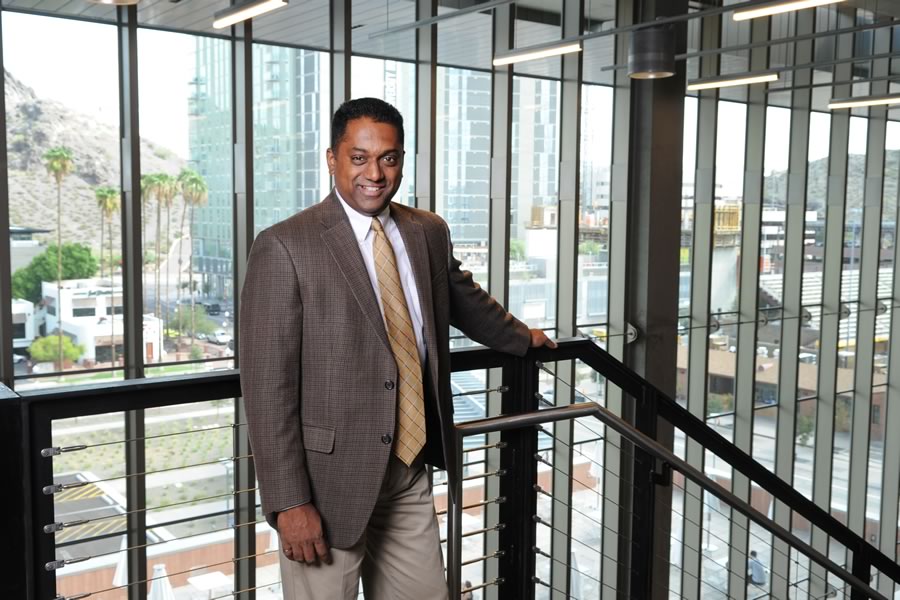
Sam Ariaratnam: Digging his way to the future
“ASU is a dynamic place. In real estate, it’s location, location, location. It’s the same in education. The Phoenix metro area has a dynamic construction industry and it is helping us build a world-class program.”Sam Ariaratnam is digging his way to the future. But...
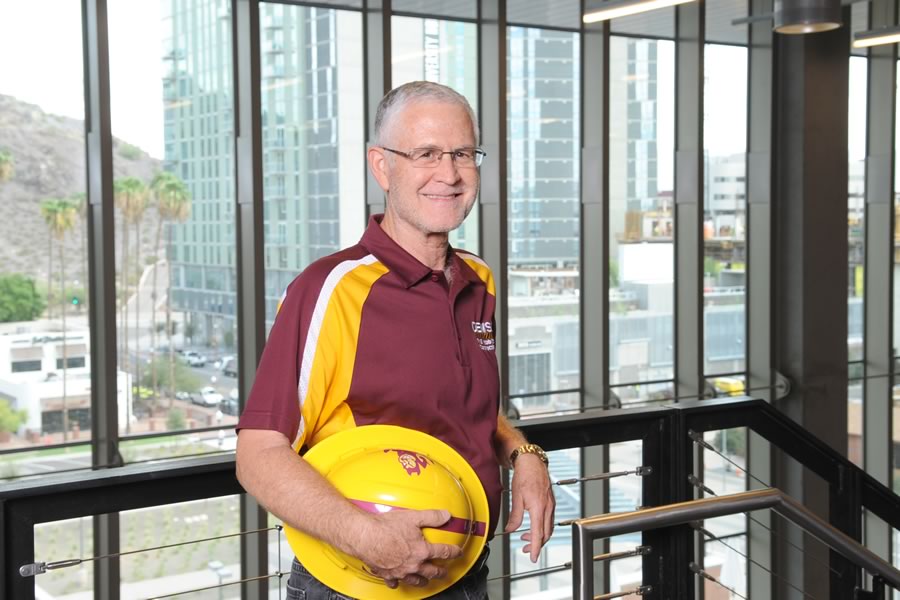
Allan Chasey: Embracing his construction destiny
“I enjoy seeing buildings going up. There are few professions where you can go back 20 to 30 years later and say, ‘I had something to do with that.'”Editor’s note: Allan Chasey retired in the fall of 2016, but his construction management legacy lives on in the DEWSC....
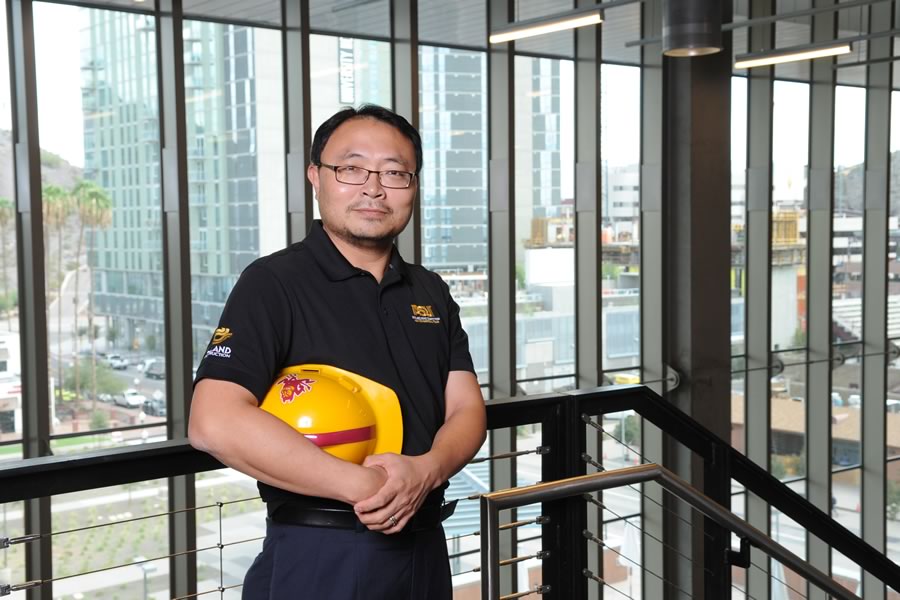
Oswald Chong: Seeking truth through data
Oswald Chong labels himself a skeptic. “I always question people indirectly as I don’t like to confront people directly,” said Chong, an associate professor in the Del E. Webb School of Construction, part of the School of Sustainable Engineering and the Built...
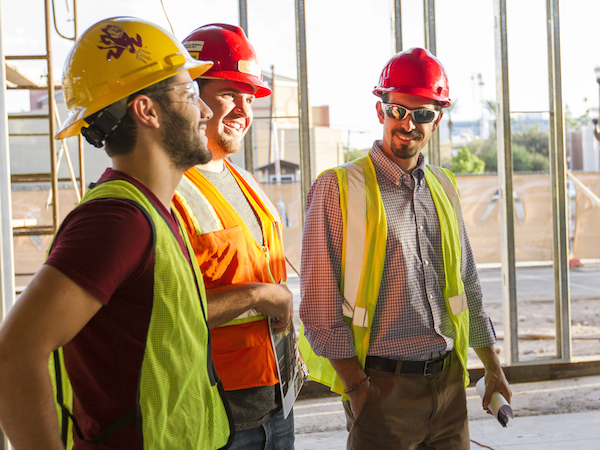
Mounir El Asmar: Looking to fuse disciplines
Mounir El Asmar has always been interested in multidisciplinary integration. Growing up in Beirut, Lebanon, and having gone through the French education system throughout his childhood, he juggled the idea of American versus French college education, and the majors of...
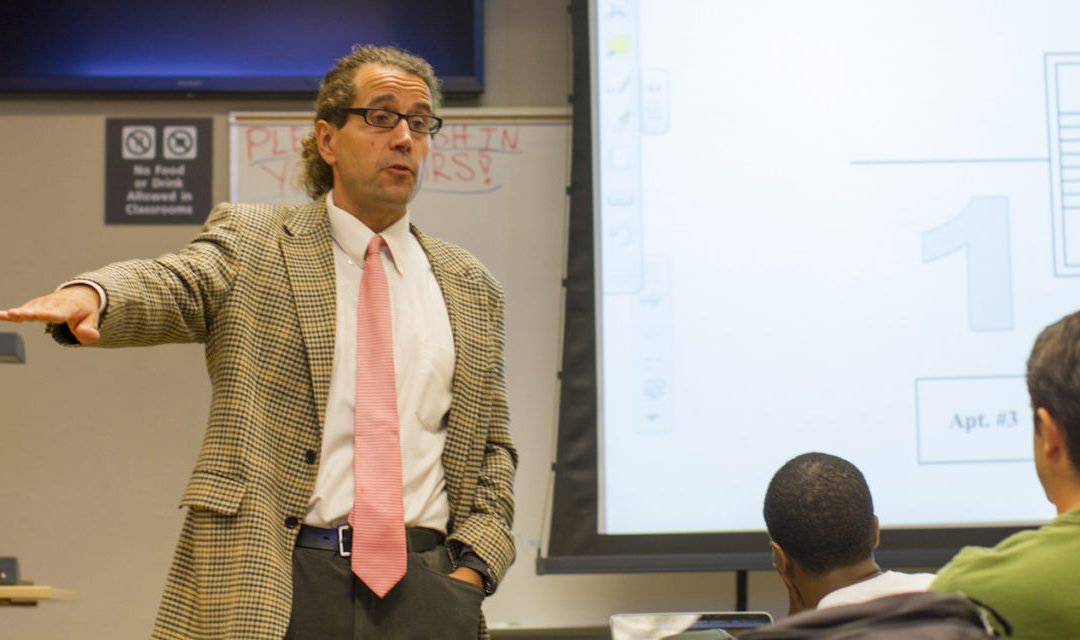
David Grau: The human element and variability
David Grau worked for years in the design and construction industry, and saw firsthand that the large complexity intrinsic to the delivery of capital projects resulted in variability and uncertainty. In turn, he observed that such uncertainty negatively impacts the...
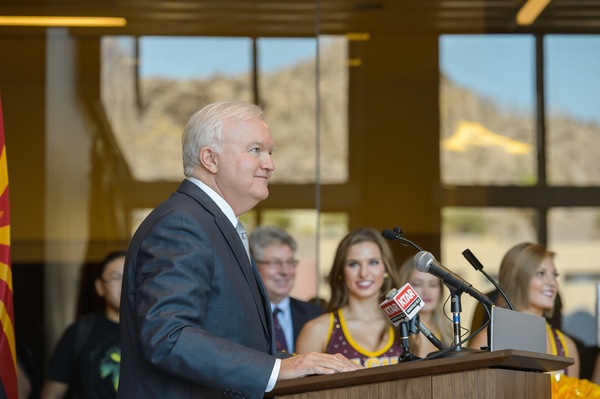
Edd Gibson: Leading through teaching and planning
“Planning is the intersection between business and engineering,” Gibson said. “Why are we doing the project? How should we proceed? What is the scope? It’s all about people and risk management, and this is when you have the largest influence on creating a successful...
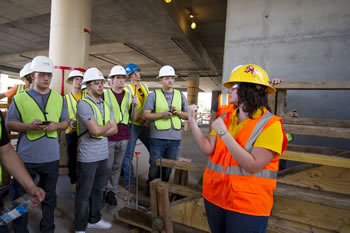
Kristen Parrish: A love affair with physics and teaching
Kristen Parrish – Sustainability Profile from ASU Engineering on Vimeo Kristen Parrish fell in love with physics in her 10th grade class in Michigan. “It was kinematic equations, figuring out how far you could drive a car up a ramp,” Parrish said. “I asked my...